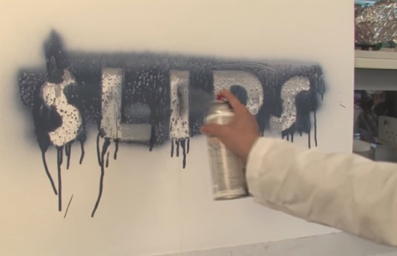 Cleanzine: your weekly cleaning and hygiene industry newsletter 3rd July 2025 Issue no. 1169
Cleanzine: your weekly cleaning and hygiene industry newsletter 3rd July 2025 Issue no. 1169
Your industry news - first
The original and best - for over 20 years!
We strongly recommend viewing Cleanzine full size in your web browser. Click our masthead above to visit our website version.
Hydrophobic coatings market and surfaces forecast to 2023 examined in new research report
 Low-performance, semi-commoditised hydrophobic materials have been used on building surfaces for years. However, the most innovative self-cleaning building products - windows, tiles and wall panels - have tended to use hydrophilic technology.
Low-performance, semi-commoditised hydrophobic materials have been used on building surfaces for years. However, the most innovative self-cleaning building products - windows, tiles and wall panels - have tended to use hydrophilic technology.
A new report reveals that new superhydrophobic technologies will catch up with hydrophilic products and by 2021 the construction industry will account for more than $724 million in hydrophobic coatings and surfaces - and thus have an impact on those whose job it is to clean them.
Also, by 2021, the automotive sector will spend $305 million on hydrophobic materials and surfaces. These will be especially useful for cleaning and anti-stain functionality in buses and taxis, which have to cope with large numbers of passengers. However, for private vehicles hydrophobic coatings will be positioned as 'what's next' after conventional polishes and coatings. Nissan has already developed a concept car with a superhydrophobic coating.
According to the 'Hydrophobic Coatings & Surfaces: 2016-2023' research report, the market for hydrophobic materials used for self-cleaning, de-icing, anti-fouling and anti-corrosion applications will grow to $1.8 billion by 2021.
The research believes that if cost challenges can be overcome, hydrophobic materials based on carbon nanotubes (CNTs) will lead to a new generation of high-performance 'superhydrophobic' materials. Promising designs for these novel CNT-based hydrophobes include those utilising CNT 'forests', CNT meshes and approaches making use of the intrinsic hydrophobic channels in CNTs themselves. By 2021, sales of CNT-based hydrophobic coatings are expected to reach more than $360 million.
This report analyses how revenue generation potential in the hydrophobic material space is changing. In this analysis, the focus is on self-cleaning, anti-corrosion and de-icing, but the researchers also examined the commercial applications for the closely related oleophobic and omniphobic materials.
Opportunities discussed in this research include those on important new materials based on carbon nanotubes, graphene, nanoparticulate calcium carbonate and various nanocomposites, which are slated to create a new breed of superhydrophobic products. The report also covers the latest developments from more conventional silicon-based hydrophobic materials as well as novel patterning approaches to creating hydrophobic surfaces.
"Hydrophobic coatings have been available for decades and virtually every major specialty chemical company has a range of such coatings in their product catalogues," says the report. "Until recently, these coatings have been treated as semi-commodities. What this research is seeing, however, is a new emphasis on hydrophobic materials reflecting the technological developments mentioned above and the growing need for high-performance hydrophobics in the marketplace.
3M, Akzo Nobel, Alcoa, Balcony Systems, BASF, BP, Clariant, Corning, Dow Chemical, DuPont, Evonik, ICM, Innventia, Joma, Jotun, Liquidoff, MMT Textiles, nanoShell, NeverWet, nGiMat, Nippon Paint, Nissan, P2i, Philbro, PPG, Repellx, Röchling, Ross Technology, Shin-Etsu Silicones, Saint-Gobain, Silic, SLIPS Technologies, TAL, Vestagen and Wacker are the companies discussed in the report.
Image: courtesy of Slips Technologies, which features in the report
E: [email protected]
W: www.reportsnreports.com
26th November 2015







